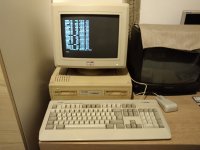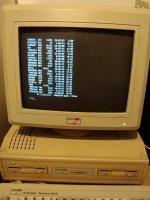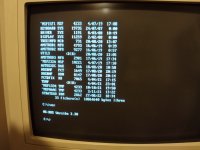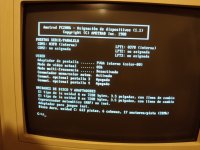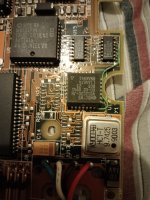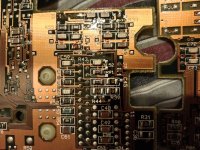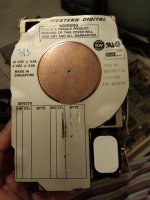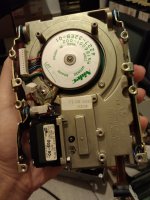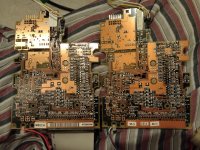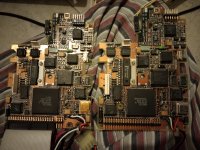Greetings!
I was having since a couple of weeks your same problem with my old Amstrad PC2086: I turnt it on, and it powered during half a second or even less, then it shut down. I thought like you, that it was a problem from the power supply, until I had the idea to disconnect it from the motherboard, plug it to power separately and turn it on, and it worked. Then I imagine it could be some overheated RAM chip. Do you know what It was?
The hard disk! Either the hard disk circuit board that it has attached under it or the molex cable was producing a shortcircuit. When I unplugged the molex cable everything worked. I got the circuit board from another malfunctioning hard disk (that malfunctions due to a problem in its engine mechanism), put it to my hard disk, replacing the problematic card, and it worked!! Now I have my good old Amstrad PC2086, the first computer in the family, working again. I can't describe my joy.
I was having since a couple of weeks your same problem with my old Amstrad PC2086: I turnt it on, and it powered during half a second or even less, then it shut down. I thought like you, that it was a problem from the power supply, until I had the idea to disconnect it from the motherboard, plug it to power separately and turn it on, and it worked. Then I imagine it could be some overheated RAM chip. Do you know what It was?
The hard disk! Either the hard disk circuit board that it has attached under it or the molex cable was producing a shortcircuit. When I unplugged the molex cable everything worked. I got the circuit board from another malfunctioning hard disk (that malfunctions due to a problem in its engine mechanism), put it to my hard disk, replacing the problematic card, and it worked!! Now I have my good old Amstrad PC2086, the first computer in the family, working again. I can't describe my joy.

